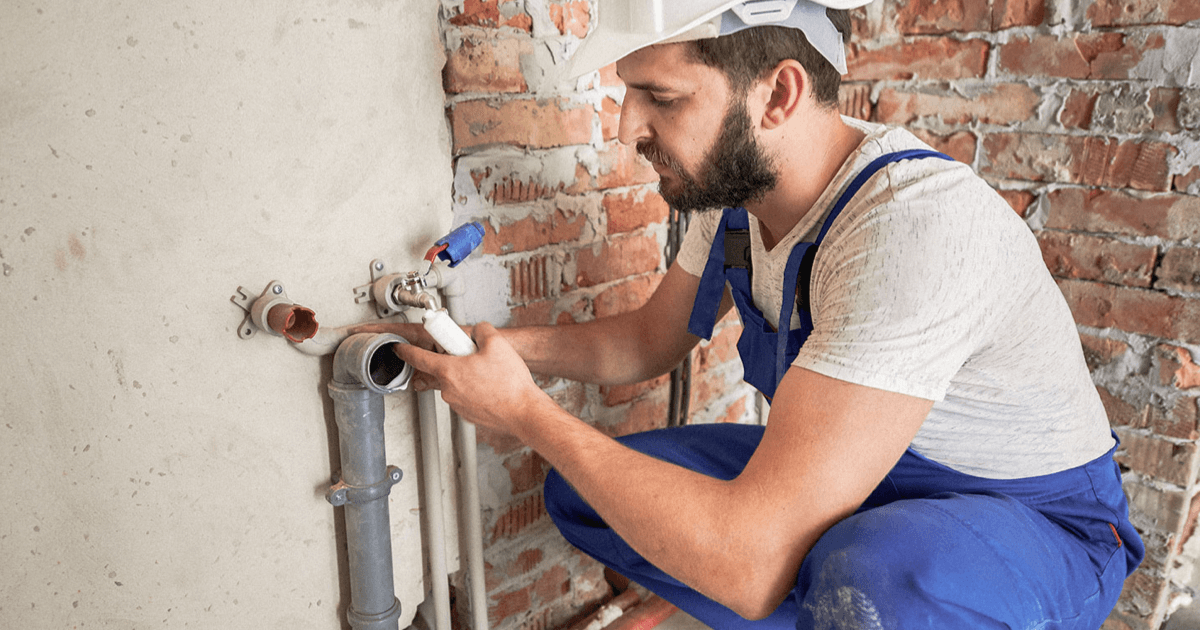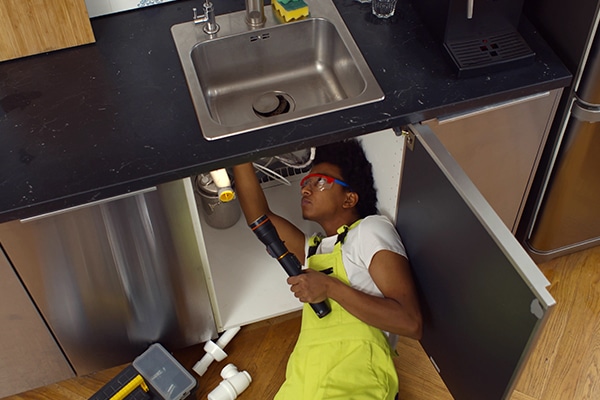Relied On Plumbing Services Alabaster AL for All Your Repairs
Relied On Plumbing Services Alabaster AL for All Your Repairs
Blog Article
A Step-by-Step Overview to Efficient Water Heater Installment for Ideal Efficiency
Beginning on the task of installing a water heater is an endeavor that demands precision and an organized technique for achieving optimum efficiency. The procedure starts with the important decision of selecting the suitable heater tailored to the particular requirements of your home, thinking about elements such as type, energy, and dimension resource. When selected, preparing the installation location to fulfill security standards is vital. The journey does not end below. As you continue, the intricacies of linking water lines and establishing trustworthy electric or gas connections await, encouraging insights right into ensuring efficiency and reliability.
Selecting the Right Hot Water Heater

Next, take into consideration the dimension and capacity of the hot water heater. It's crucial to analyze your household's warm water demands, which can vary based upon the variety of owners and their use patterns. An unit that's too small may result in not enough warm water, while an oversized model may lead to unneeded power usage.
Effectiveness ratings additionally play a critical function in option. Look for hot water heater with high Energy Aspect (EF) ratings, suggesting premium efficiency and reduced energy usage. Tankless models, though commonly more expensive ahead of time, deal substantial power financial savings over time due to their on-demand home heating abilities.
Preparing the Setup Location
Before installing a new hot water heater, meticulous prep work of the setup area is vital. This ensures a smooth installation procedure and aids protect against future complications (Plumbing Alabaster AL). Begin by selecting an ideal location that abides by neighborhood building ordinance and security criteria. The location must be dry, well-ventilated, and easily accessible for upkeep. It's crucial to measure the room very carefully to accommodate the water heating system's measurements, making sure ample clearance around the system for reliable operation and maintenance.
Check the flooring for stability, as the water heater will require a strong, level surface area to operate efficiently. If needed, set up a drip pan under the unit to capture possible leakages or spills, stopping water damages to the surrounding location.
Additionally, guarantee that all essential tools and materials are on hand before beginning the setup. This includes things such as wrenches, screwdrivers, a degree, and any kind of extra equipment required for mounting and securing the heating system. A well-prepared setup area establishes the foundation for a successful hot water heater setup, optimizing efficiency and safety and security.
Connecting Supply Of Water Lines
When connecting water system lines to your freshly set up hot water heater, it is crucial to make sure that all links are safe and secure and leak-free to preserve visit our website reliable procedure and stop water damage. Begin by identifying the cool and hot water lines. The cold water inlet is normally marked with a blue label or a "C", while the warm water electrical outlet is noted with a red label or an "H".
Use adaptable water heater ports to promote a much easier setup process. These ports can soak up vibration and permit minor movement, decreasing the threat of leakages. Before attaching the connectors, place a plumber's tape around the threaded ends of the hot water heater's read the full info here inlet and outlet pipelines - Drain Cleaning Alabaster AL. This tape acts as a sealer, preventing leaks. Carefully connect the flexible hoses to the corresponding inlet and electrical outlet, making sure that they are tight however not over-tightened, which could damage the threads.
As soon as links remain in place, gradually transform on the main water supply valve. Examine each link for leakages by visually checking and really feeling for moisture. Tighten up connections as necessary, and ensure the pressure safety valve is correctly mounted, securing versus extreme stress build-up.
Setting Up Electric or Gas Connections
Appropriately establishing up the electric or gas connections for your water heater is a crucial step to make certain secure and reliable operation. For electrical water heaters, start by verifying that the electrical circuit is suitable with the heating system's voltage and amperage needs.
For gas water heating systems, safety and security is paramount. Connect the gas line to the water heating system making use of a versatile gas connector, guaranteeing it is effectively threaded and sealed with pipe joint compound or Teflon tape appropriate for gas links.
Once connections are made, check for any prospective leaks. For gas lines, apply a soapy water option to the joints; bubbles indicate a leakage. For electric connections, double-check that all wiring is safe and secure and appropriately insulated, maintaining compliance with local electric codes.
Checking and Changing for Effectiveness
With the electric and gas connections securely in area, the next action is evaluating the operational effectiveness of your water heating unit. Begin by meticulously transforming on the water system and making certain there are no leaks at any one of the shutoffs or joints. As soon as confirmed, proceed to fill look at more info up the storage tank, taking note of the stress and temperature setups. It is a good idea to establish the thermostat to a suggested temperature level of around 120 ° F(49 ° C) to balance power efficiency and comfort.
Next, perform a complete inspection to ensure the burner or gas heaters are working appropriately. For electrical heaters, use a multimeter to confirm if the aspects are attracting the suitable existing. In gas models, observe the heater flame; it ought to be stable and blue, indicating reliable combustion.
Readjust the settings as necessary to eliminate inadequacies. Take into consideration applying insulation steps, such as including a hot water heater blanket, to additionally enhance performance by reducing heat loss. Additionally, check the anode rod's condition, as a tatty pole can lower performance and result in storage tank deterioration.
Conclusion
Efficient water heater installation is critical for guaranteeing ideal performance and energy cost savings. By selecting the ideal type and dimension, and thoroughly preparing the installment location, a foundation for success is established. Securely linking water lines and carefully setting up electric or gas connections lessen prospective problems. Comprehensive testing for leaks and specific thermostat adjustments to 120 ° F boost dependability and performance. Sticking to these actions advertises long-lasting performance and energy preservation in residential water heater.

Effectively establishing up the electric or gas connections for your water heating unit is an essential action to ensure safe and reliable procedure. For electrical water heaters, begin by confirming that the electrical circuit is suitable with the heating system's voltage and amperage demands. Connect the gas line to the water heating system utilizing a versatile gas adapter, guaranteeing it is correctly threaded and sealed with pipe joint substance or Teflon tape ideal for gas connections.
Report this page